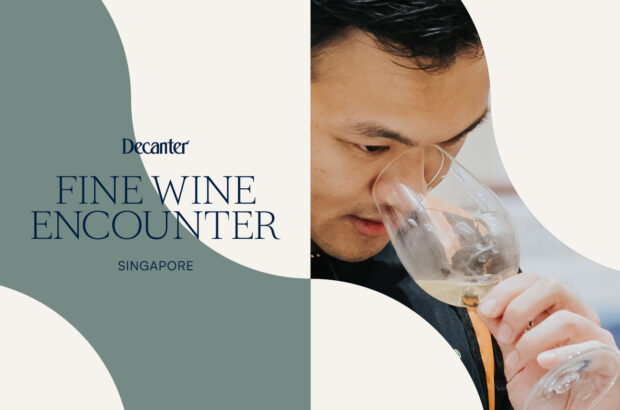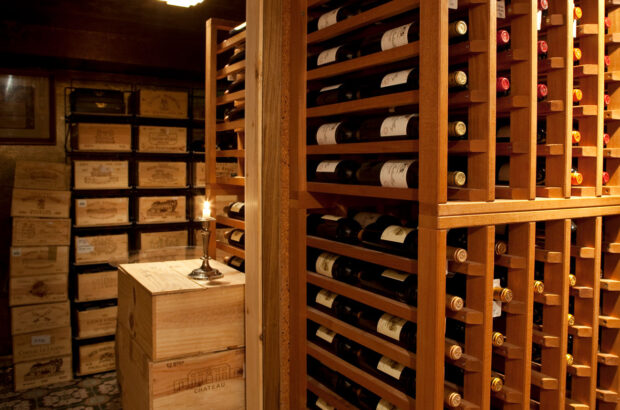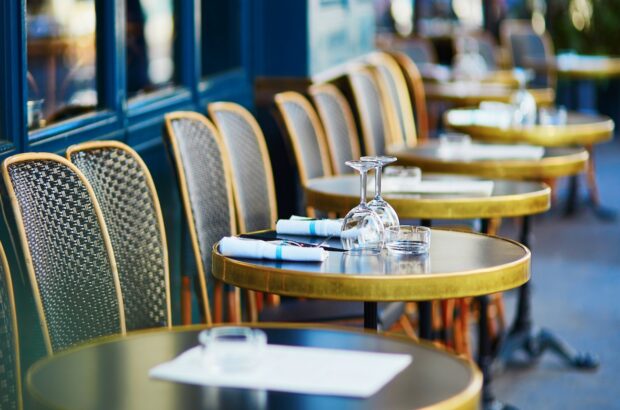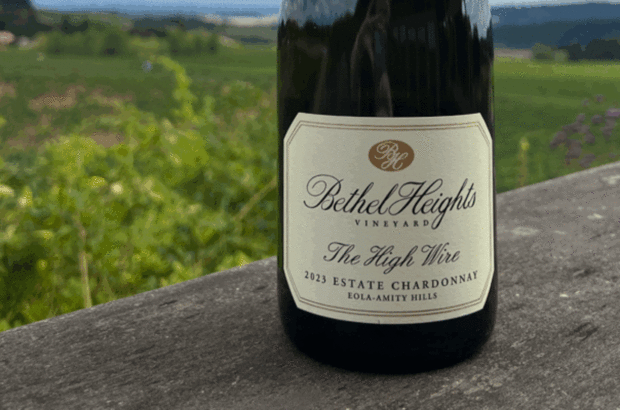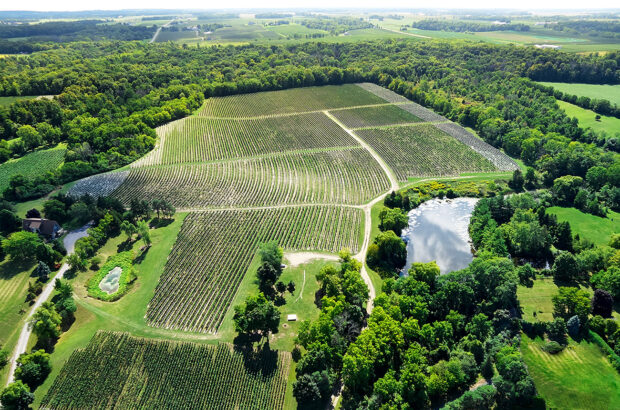- Frascati is a wine which has supplied the Eternal City for 2000 years.
- The establishment of DOC in 1966.
- Frascati could soon be entering the elite Italian wines.
- There is fragmentation of the vineyards.
- Excellent natural conditions of grape growing.
- Lazio wines grab international attention.
There is a theory that, when it comes to wine, the only kind of history that counts is that to do with buying and selling. Certainly the destiny of Frascati has been shaped by the commercial history of the white wines produced in the hills south of Rome. For 2,000 years these wines have supplied the Eternal City, and in particular the taverns which were the hub of its flourishing wine trade. It was a trade that prospered until the second half of the 20th century. Only when this traditional outlet began to falter, with on one hand declining consumption and on the other a changing market, did the growers of the region need to look further afield for custom. The establishment of the DOC in 1966 provided the blueprint for Frascati as an export commodity, sanctioning yields of 15 tons per hectare and imposing a grape blend based on the reliably prolific Trebbiano Toscano and Malvasia di Candia varieties. The resulting light, neutral wine was a far cry from original Frascati, traditionally made from fully ripe grapes vinified on the skins to produce a wine suitable to match with the robust local cooking, but it was a great success.
The problems began as this success became increasingly dependent on producing more and more wine at lower and lower cost. The resources of the DOC area soon became inadequate. In the Veneto at roughly the same period the commercial lobby forced through a redrawing of the boundaries of the DOC zone to cope with demand for Soave. On paper the original area of Frascati production remained intact, but in reality the boundaries stretched just the same. The widespread practice of bottling wines outside the region made control over the origin of what was sold as Frascati impossible. Volume increased to meet demand, independent of the real quantities produced in the overcropped DOC zone. By the 1980s, Frascati found itself with low prices, low quality and a dented reputation. Clearly something had to be done.
Individual producers began to restructure and aim for the premium market. At the same time the first proposals to up-grade Frascati to DOCG level were aired, although perhaps with scarce conviction, given the basic problems of quality control which beset the DOC. A decade years later, the major obstacle to DOCG approval has been removed with the introduction of a ban on bottling outside the production zone. As a result, provided the producers can agree over the new norms – and it seems that things are moving in this direction – Frascati could soon be entering the elite ranks of Italy’s top wine denomination. The question now is, in terms of quality, is Frascati ready for the challenge?
There are good reasons to answer ‘yes’, although an honest reply must also include elements of ‘no’ and ‘maybe’. To get the negative out of the way first, the most serious issue is that of the underlying structural problems in the viticulture of the Roman hills. Most of these revolve around the fragmentation of the vineyards. The 2,000 hectares (ha) of the DOC zone are currently divided among almost 4,000 growers and the prohibitively high cost of land in the prime real estate area of the Castelli Romani makes it extremely difficult to group small holdings into larger, more viable properties. This situation makes adequate control over the quality of the fruit supply highly problematical. Australian flying winemaker Geoff Merrill, on a visit to Frascati a couple of years ago, put his finger on just one of the practical issues: ‘The growers told us when they would be picking – at home it’s the other way round – we tell them when we want them to harvest.’ With the exception of the leading estates, the level of investment in the vineyards is low and may remain so for some time, despite the need for new, specialised planting.
On the plus side are the excellent natural conditions for grape growing: thousands of years testify to the vocation of the fine grained volcanic soils and the mesoclimate of the Castelli Romani for viticulture. At a latitude that ought to favour red wines, the altitude and exposure of the hills, which reach up to 400 metres above sea level, provides a habitat in which traditional white grape varieties flourish. Which brings us to the ‘maybe’, because one of the big question marks concerns the grape mix.
Producers are very aware of the limitations of Trebbiano and Malvasia di Candia. Other local grapes are more interesting but are relatively scarce. Malvasia del Lazio, for instance, has undoubtedly more character and monovarietal selections show that it can stand successfully alone, but it is under-planted. Minor varieties like Greco, Bellone and Bombino are held in high regard by several leading producers as complementary grapes which add freshness and an element of complexity to a wine. Limited experiments with French cultivars in the same role have given mixed but on the whole not very satisfactory results. The way forward seems to be through specialised clonal selection and the modification of the DOC permitted blend in favour of the better local varieties. The results of these measures, however, will only be seen in the long term.
The most encouraging aspect of the current scene in Frascati is the energy of the group of top-end producers committed to premium quality. Among these figure names such as Colli di Catone, where Antonio Pulcini was the first to remind the area of the natural superiority of Malvasia del Lazio with his varietal wine, Colle Gaio. Conte Zandotti, one of the oldest estates in the area, has revamped its winemaking and is now producing modern white wines with a lot of character. Pallavicini, another winery with a long history, has invested in some of the most sophisticated high-tech cellar equipment in the region. Casale Marchese is a traditional estate which has recently modernised its vinification to good effect. L’Olivella, a relatively new property associated with the Cantine San Marco, is already producing wine with lots of impact.
Inevitably, the kind of revision of values going on in Frascati today brings with it a diversification of styles and approaches. The benchmark is undoubtedly Gruppo Italiano Vini’s Fontana Candida. The biggest producer of Frascati, the company has the weighty responsibility for setting standards in the DOC, which it does admirably across the whole range of its products. Fontana Candida owns 26ha of vineyard, including 12ha dedicated to the classy single vineyard Frascati Santa Teresa. It buys in grapes for the rest of the production of 7.5 million bottles.
Winemaker-director Francesco Bardi (one of the reassuring things about GIV is that their wineries are run by winemakers) believes in a degree of ripeness which gives the typical soft centre to Frascati. He is also backing Malvasia del Lazio, with new plantings for the main DOC wines and varietal, IGT Terre dei Grifi, now in its third vintage. Other developments include the first release of a very successful barrique conditioned Frascati under the Terre dei Grifi label. At the top of the range the direction is towards round, smooth whites influenced by partial malolactic fermentation and sur lie ageing.
Villa Simone is an estate owned by the Costantini family who, in the best Roman tradition, besides producing wine also run a splendid enoteca and restaurant in the city. The vineyard is known for a light, crisp, dry style of Frascati which comes from early picking and very carefully controlled vinification. Oenologist Lorenzo Costantini is excited by the potential of a local variety called Ottonese which he has succeeded in salvaging from obscurity and is now in the course of planting. Besides a tasty basic wine, Costantini make two cru selections: Filonardi has more structure, but Vigna dei Preti is a deliciously intense, dry white. The acidity is perhaps not what you expect from Frascati, but the quality and style stand out a mile. Equally distinctive and even more personal in approach are the wines of Castel de Paolis. Here are all the trappings of the modern Italian boutique estate; top notch consultants, innovative blends, low yields and high prices. In a sense, Castel de Paolis makes the most faithful return to the ripe, fleshy tradition of Frascati, but with clean, modern vinification. Vigna Adriana, made from Malvasia and Viognier, kicks in with a beefy 14 degrees of alcohol and might be a bit hard to drink, but the quality of the raw material is impressive and the wine is not lacking in ambition.
Ambitious winemaking is not something the Lazio region used to be associated with. This has changed in the last decade, as estates such as Falesco, Colle Picchione and Trimani’s revitalised Colacicchi have developed wines which have grabbed international attention. Alongside these it seems only fitting that there should be a place for Rome’s historic white.


